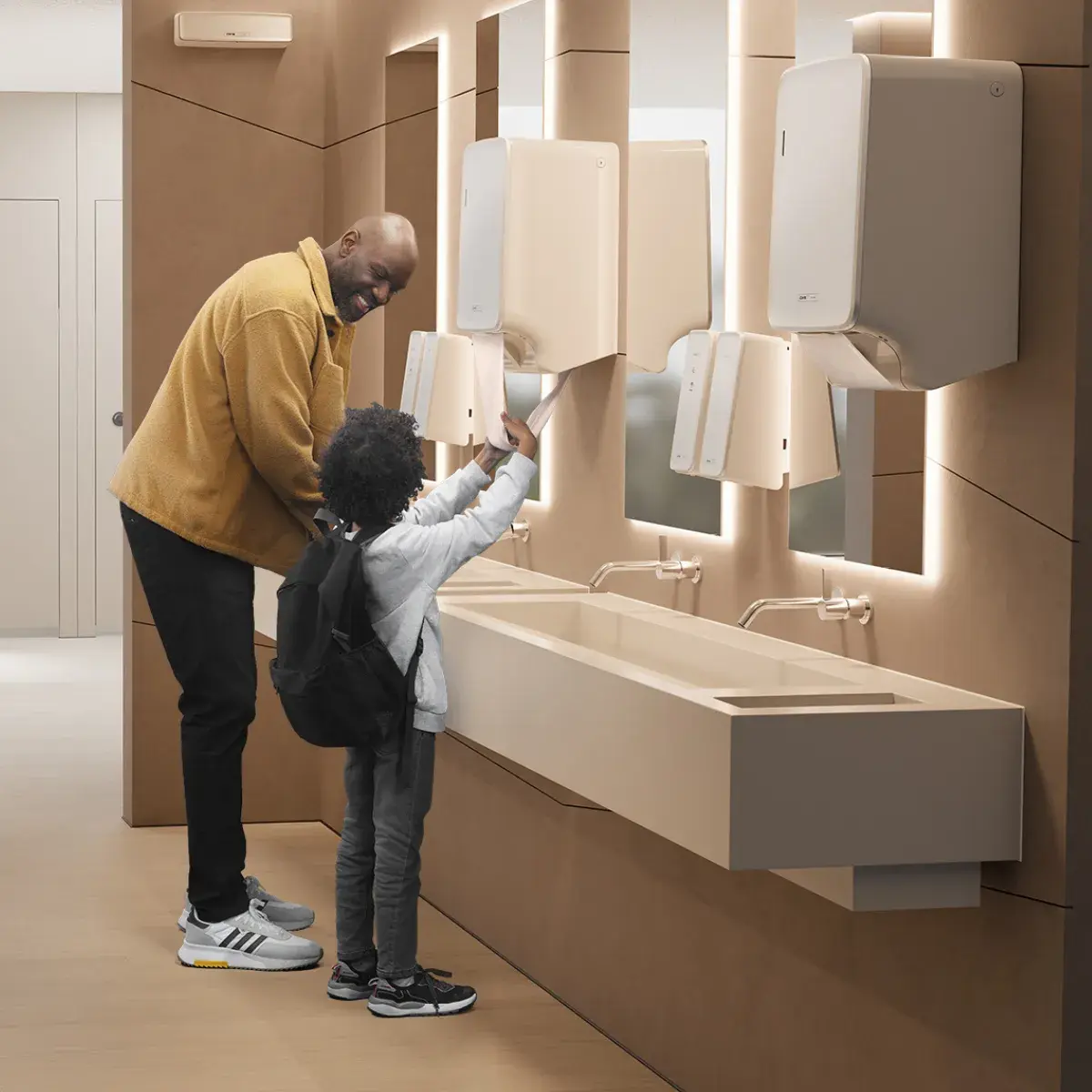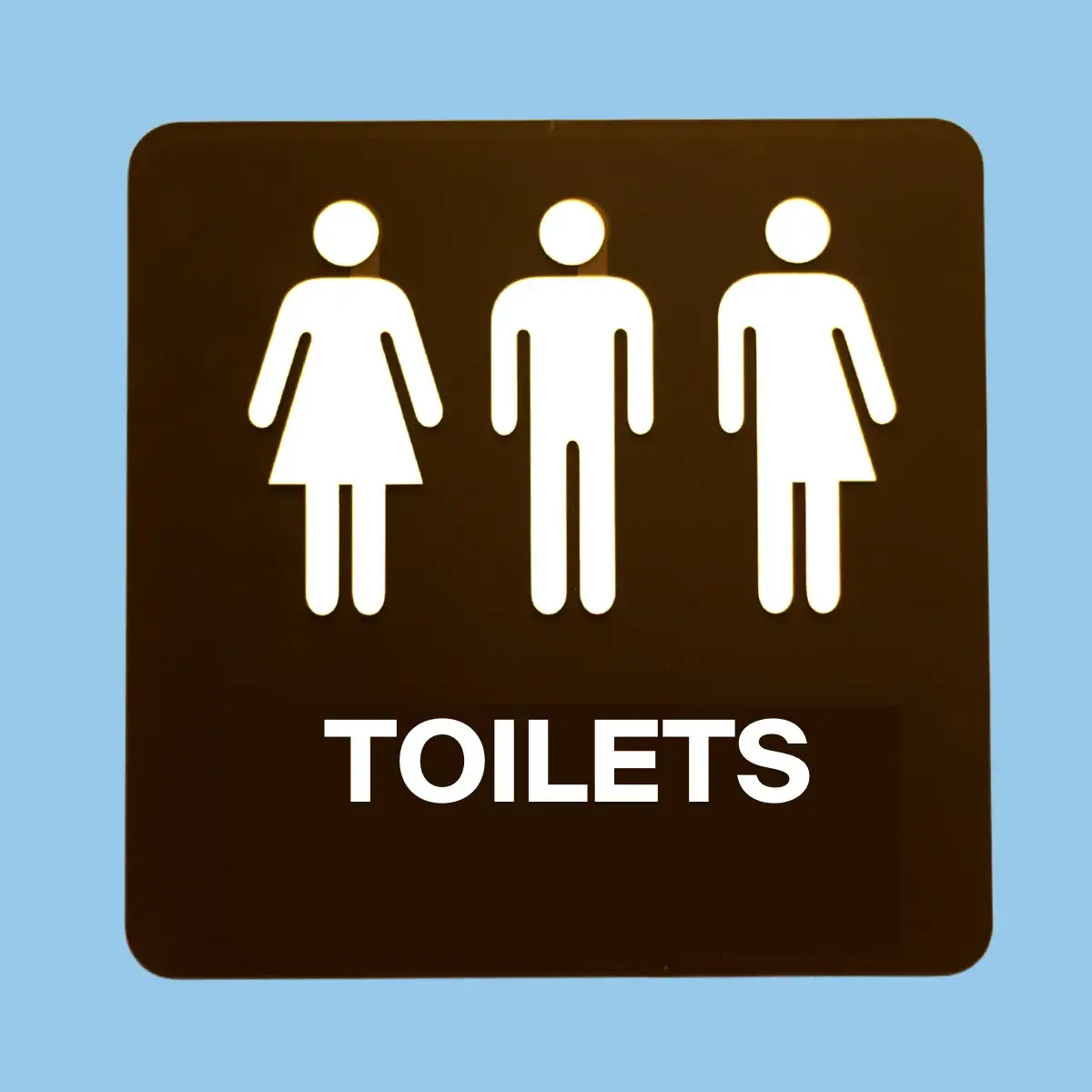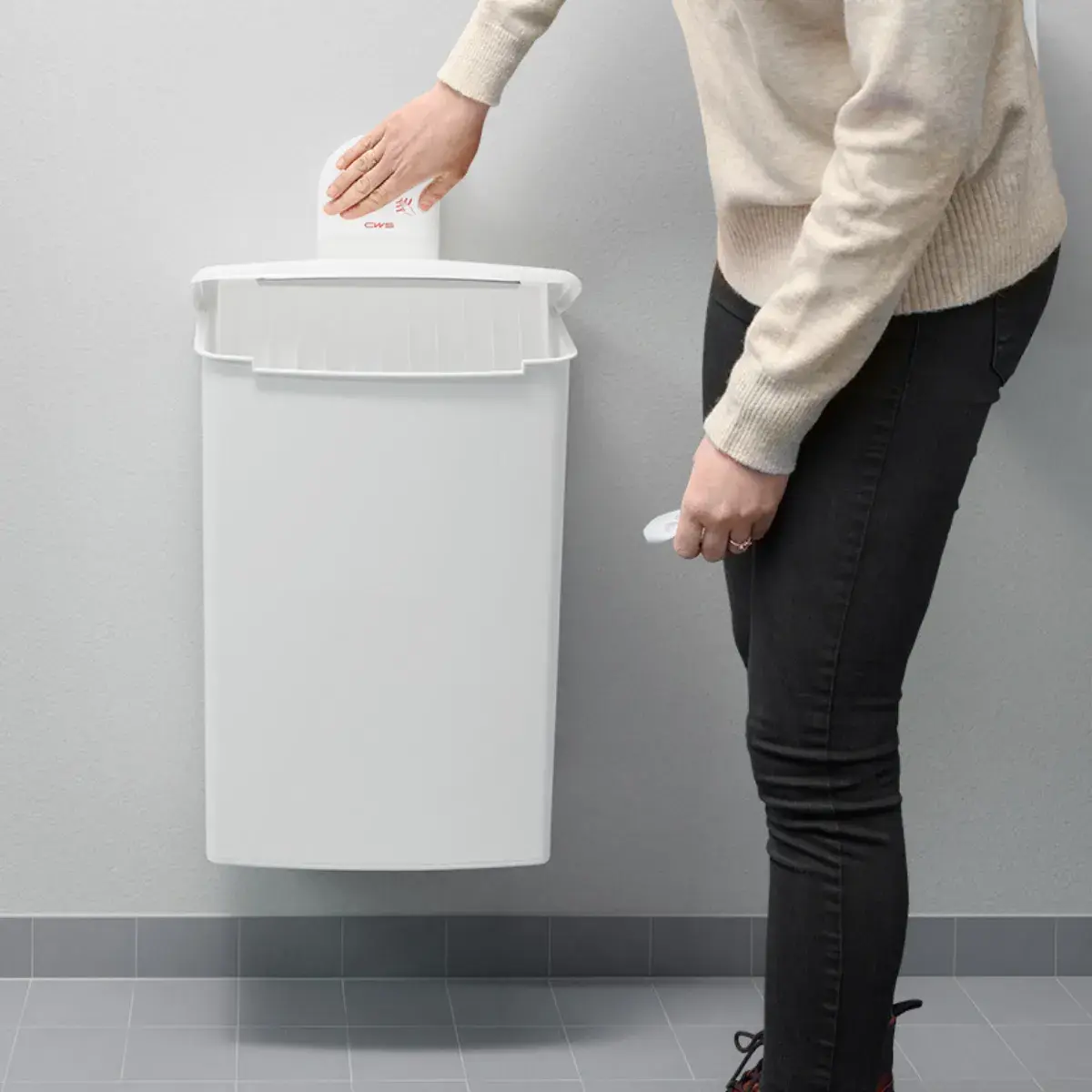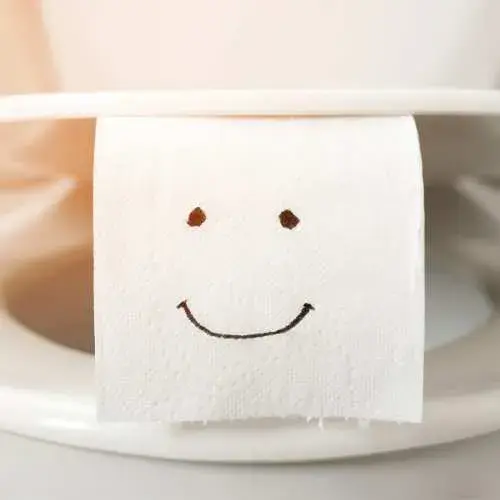Accessible to everyone
A gender-neutral toilet is accessible to everyone, regardless of your gender. There is increasing demand for gender-neutral toilets in public buildings and at work. So that besides men and women, transgender and non-binary people can also visit the toilet with a safe and comfortable feeling.
Just like at home
At home, it is natural for everyone to go to the same toilet and we do not differentiate. Non-binary people do not make a choice based on gender. When visiting the toilet without the presence of gender-neutral toilet, they are forced to make a choice. Something that can cause stress.

Six steps to a gender-neutral toilet - everyone is welcome

1. Get the basics right
Basic facilities are needed in every toilet and washroom - regardless of whether it is a ladies', men's or gender-neutral toilet. Sufficient toilet cubicles and other sanitation facilities for good toilet and hand hygiene are a must.
- Toilet paper dispensers: with a spare roll so that a user does not run out of paper.
- Soap dispensers: manually operated or non-touch for greater hygiene and convenience.
- Towel dispensers: dry hands with paper or the sustainable way with cotton.
Do not forget about baby changing facilities if it is a toilet in a public building. This is certainly not only a must in women's toilets.
2. Put a gender-neutral sign on the door
Make it clear to everyone that this is a gender-neutral toilet. This can be done with different types of signs, for example:
- Sign with toilet (without man or woman icon).
- Sign with half man / half woman icon
- Sign with man and woman icon and half man/half woman icon
The most important thing is not which sign you choose, but above all that no misunderstandings arise. Extra communication (internal and external) about the use of gender-neutral toilets may be desirable.


3. Put a hygiene box in every toilet cubicle
In a gender-neutral restroom, a hygiene box should be placed in each stall, for discreet disposal of menstrual products. This is because hygienic waste should never be flushed down the toilet.
Also for incontinence waste
People with incontinence problems or unwanted urine loss also need a hygiene box, so they can discreetly change themselves. Flushing incontinence products can lead to toilet blockages.
4. Have a toilet seat cleaner next to the toilet
Urinating when standing is less hygienic than sitting down because of the splattering. In gender-neutral toilets, people urinate both standing and sitting down. Fortunately, there is a solution to ensure toilet seat hygiene.
Sitting with a smile
With a little disinfectant foam from the toilet seat cleaner dispenser and a sheet of toilet paper, the toilet user himself ensures a hygienically clean toilet seat. So that one sits down on the seat with peace of mind.


5. Provide a pleasant fragrance experience
A pleasant visit to the toilet is related to a fresh smell. You don't want to be in the smell of your other visitors, regardless of whether this is on a men's, women's or gender-neutral toilet. Therefore, it is wise to install an air freshener that neutralizes unpleasant odors and spreads a fresh scent.
Fresh and clean
The CWS fragrance dispenser has a dual-chamber system to automatically alternate and prevent fragrance habituation. It uses an environmentally friendly evaporation system - no spray with propellant. Ideal for creating a pleasant fragrance experience.
Wondering which 11 fragrances are available? Contact us and request the free scent card!
6. Offer free tampons
Recently, CWS introduced a tampon dispenser with free issue of tampons. Because when you get your period and don't have any menstrual products in your pocket, you feel as lost as someone who discovers there is no toilet paper available after relieving themselves.
More and more common
Offering free tampons in sanitary facilities is something you see more and more. For emergencies and as an extra service for employees and guests. Or to combat menstrual poverty - something that is more common than you might think.

Final tip
A carefree service takes work out of your hands
Let an expert take care of your washroom hygiene and equipment. With CWS, you don't buy vending machines or dispensers, but receive a total service around sanitation. With free advice on gender-neutral toilets for an inclusive workplace.
Mounting, maintenance and consumables
This means that we take care of the installation, maintenance and supply of sufficient consumables such as toilet paper and soap. This saves you time, eliminates investment costs and makes your life a lot easier.
Interested in a gender-neutral restroom? Request a free quote:
Gender-neutral toilet FAQ
Do you have questions about gender neutral toilets? Below we answer the 3 most frequently asked questions we have received on the topic of gender-neutral toilets. Is your question not listed? Don't hesitate to contact us!
What is a gender-neutral toilet?
A gender-neutral toilet is accessible to everyone. No distinction is made between men, women, transgender and non-binary people. You can compare it to your toilet at home, where no distinction is made either.
How do you set up a gender-neutral toilet?
Every toilet and washroom should have standard basic facilities, regardless of whether it is a women's, men's or gender-neutral toilet. In addition, there are other needs that you should consider when setting up a gender-neutral toilet. Installing hygiene boxes, for example, for discreetly depositing menstrual products. CWS helps you with the optimal layout.
Is a gender-neutral toilet hygienic and discreet?
Well-equipped gender-neutral toilets are hygienic and discreet. Ensuring toilet and hand hygiene is related to the user-friendliness of the sanitary facilities provided. Choose toilet stalls with the least amount of visibility above and below. Put hygiene boxes in the cubicles to allow discreet disposal of menstrual products.
